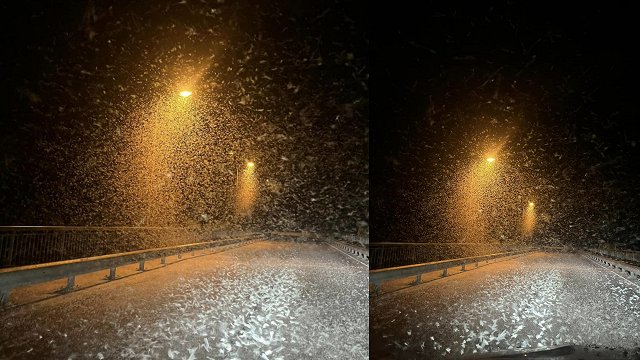The flooded area, “Lubāns wetland”, resembles a sea that sees no end. In spring, with more rainfall and faster ice melting underwater, even the tops of young birch trees can be underwater.
“Surreal landscape. Surreal. Where else can we see a landscape like this, if not in “Lubāns wetland”? It's primordial. Some trees are growing, struggling with nature. Food for insects, birds, woodpecker species, all these dead trees, but further back, nature regenerates itself and lives its life,” said Dainis Tučs, a senior specialist in nature conservation at the Nature Conservation Agency (DAP).
Lubāns is Latvia's largest lake and has an area of more than 80 square kilometers. Flooded forests, biological meadows, lowlands, and rivers - form at least five times the size of the area around it. More than 250 bird species have been found in the area, of which around 30 in Europe are particularly protected, while others pass through, rest, and feed.
“We see a lot of duck species. Swans and cranes, of course, geese. (..) The emblem of “Lubāns wetland” is the great snipe. It is there, we drove past too, but I won't say where it is. So that people don't know and don't be a nuisance for the snipe,” the nature specialist said.
You can boat in the wetland, but it is prohibited to use boats with internal combustion engines. The journey must be carefully prepared and it should be understood that it will not be possible to view the whole area.
"In any case, if you are in nature, you must be quiet and sensible, leaving nothing behind. It's also hard to navigate. (..) It is rare to see the primordial nature of such a large area in Latvia. Nature lives its life here,” added Tučs.
As the weather gets warmer, water levels will fall, currently having an average depth of about one meter. If the sun continues to shine, the water could be visible here for another three weeks or so.




























